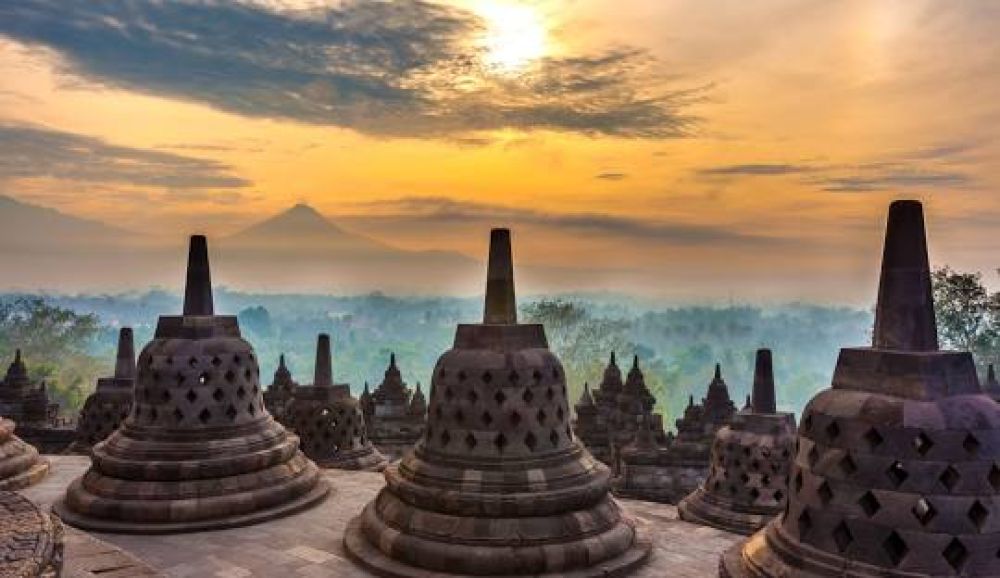

Yogyakarta, often affectionately called Jogja, is a mesmerizing destination in Indonesia known for its cultural richness, historical temples, and vibrant street life. The best time to visit Yogyakarta is generally during the dry season, which falls between April and October. Within this period, tourists can enjoy pleasant weather conducive to exploring outdoor attractions such as the famous Borobudur and Prambanan temples without the hindrance of heavy rains. Weather conditions are mostly sunny with the occasional light showers, ensuring that your plans to stroll through the Sultan's Palace or wander in the lively Malioboro Street are less likely to be disrupted by inclement weather. Moreover, the dry season is an excellent time for hiking up the volcanic peaks in the vicinity, such as Mount Merapi, with clearer paths and better visibility.
However, if you are aiming to avoid the peak tourist season and benefit from lower accommodation rates, consider visiting during the shoulder months, like March or November. These months typically mark the transition between the wet and dry seasons. While there is a higher chance of rain, it usually doesn't last all day, leaving ample opportunity to enjoy Jogja’s attractions. Additionally, during these months, you might have the chance to experience some of the city’s cultural events and festivals with fewer crowds. It’s worth noting that during the Islamic holy month of Ramadan, many local businesses may have altered hours or close altogether, so planning around this period is crucial. Regardless of when you choose to visit, Yogyakarta's rich Javanese culture and warm hospitality are always inviting.
| Month | Min Temp | Max Temp |
|---|---|---|
| January | 22 °c | 30 °c |
| February | 22 °c | 30 °c |
| March | 22 °c | 30 °c |
| April | 22 °c | 31 °c |
| May | 22 °c | 31 °c |
| June | 21 °c | 31 °c |
| July | 20 °c | 31 °c |
| August | 20 °c | 31 °c |
| September | 21 °c | 32 °c |
| October | 22 °c | 32 °c |
| November | 22 °c | 31 °c |
| December | 22 °c | 30 °c |